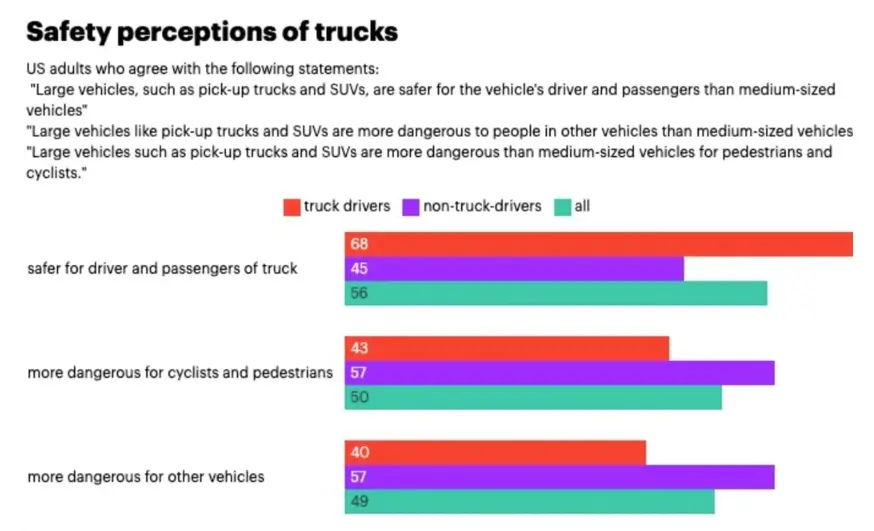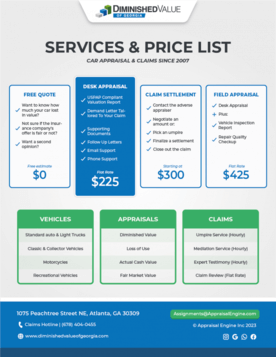The American car lot has long been a landscape dominated by sizeable vehicles. Trucks and SUVs, synonymous with power and capability, are fixtures on this terrain. Yet, a recent survey from YouGov indicates a shift in consumer sentiment, underscoring the complexity of our relationship with these vehicles.
As much as we appreciate the robustness they represent, there is a burgeoning dialogue on safety—precisely, how the expanding dimensions of these vehicles align with the public welfare.
Survey Highlights Safety Concerns Over Large Trucks and SUVs (PDF)
The Sales Phenomenon and Safety Concerns
Data from the previous year’s sales charts indicate a robust appetite for pickups and SUVs, with a diverse array of these models ranking as top sellers. But juxtaposed with this sales data is the YouGov survey, revealing an ambivalent narrative.
While many Americans embrace the commanding presence of these vehicles, there is a discernible group advocating for a reconsideration of their expanding scale in the interest of safety.

Survey Insights: The Call for Regulation
The survey reports that approximately 27% of participants endorsed the idea that automakers should proactively regulate vehicle size to safeguard pedestrians—a sentiment echoed by a contingent of truck drivers themselves.
A greater 32% of respondents believe that this responsibility should not rest on manufacturers alone but should be enforced through governmental policy.
Defining “Truck”: A Semantic Challenge
The term “truck” within the survey encompasses all pickups and SUVs, potentially confounding the issue. The broader public may not include compact SUVs within this category, suggesting that the concern for size may primarily target the larger end of the spectrum.
This raises critical questions about which classes of vehicles are deemed problematic, influencing the public’s stance on regulation.

Practical Concerns: Parking and Public Safety
Notably, over half the survey’s participants identified parking difficulties as a major inconvenience, overshadowing the danger these vehicles might pose to other road users.
This sentiment hints at a day-to-day struggle faced by many drivers and contributes to the discourse on vehicle size and urban compatibility.
The Dichotomy of Safety
There exists a paradox within the perception of large vehicles: they are deemed safer for those within but are simultaneously acknowledged as posing greater risks to external road users, including pedestrians and cyclists.
This dichotomy encapsulates the conundrum faced by American consumers—prioritizing personal safety while recognizing the impact on communal road safety.

Conclusion – Navigating the Size and Safety Equilibrium
The findings from YouGov’s survey bring to the forefront an ongoing conversation in the automotive world. As manufacturers innovate and upsell on size, the public is critically assessing the implications.
It’s clear that as our vehicles grow, so does our responsibility to ensure they fit within the societal framework of safety. The issue of balancing our affinity for substantial vehicles against the imperative to protect all road users continues to provoke thought and debate. How then, should we navigate this landscape where personal preference intersects with public safety?






